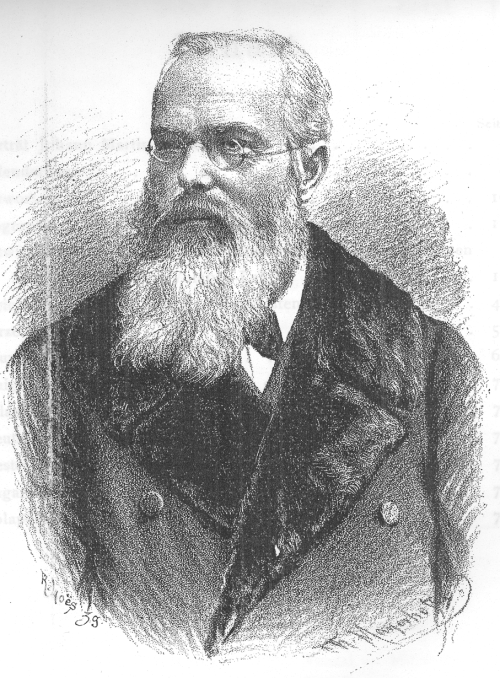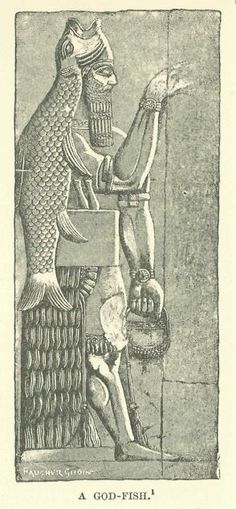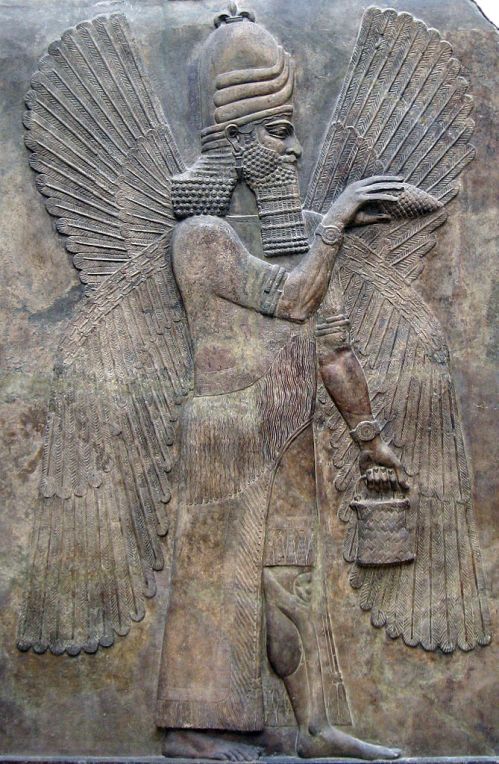Eco: The Babel of A Posteriori Languages

Giuseppe Peano (1858-1932), Italian mathematician, circa 1910. Photographer unknown. This work is in the public domain in its country of origin and other countries and areas where the copyright term is the author’s life plus 100 years or less.
“Among the international artificial languages, the project that was presented in 1734 under the pseudonym of Carpophorophilus probably takes the prize for seniority; the next was Faiguet’s Langue Nouvelle; after this, in 1839, was the Communicationssprache of Schipfer. After these, there came a tide of IALs in the nineteenth century.
If one takes samples from a number of systems, a set of family resemblances soon appears. There is usually a prevalence of Latin roots plus a fair distribution of roots derived from other European languages.
In this way, the speakers of any one of the major European languages will always have the impression of being in, at least partially, familiar territory:
“Me senior, I sende evos un grammatik e un verb-bibel de un nuov glot nomed universal glot. (Universal sprache, 1868).
Ta pasilingua era una idioma per tos populos findita, una lingua qua autoris de to spirito divino, informando tos hominos zu parlir, er creita. (Pasilingua, 1885).
Mesiur, me recipi-tum tuo epistola hic mane gratissime. (Lingua, 1888).
Con grand satisfaction mi ha lect tei letter [ . . . ] Le possibilità de un universal lingue pro la civilisat nations ne esse dubitabil. (Mondolingue, 1888).
Me pen the liberté to ecriv to you in Anglo-Franca. Me have the honneur to soumett to yoùs inspection the prospectus of mès object manufactured. (Anglo-Franca, 1889).
Le nov latin non requirer pro la sui adoption aliq congress. (Nov Latin, 1890).
Scribasion in idiom neutral don profiti sekuant in komparision ko kelkun lingu nasional. (Idiom Neutral, 1902).”
In 1893 there even appeared an Antivolapük which was really an anti-IAL: it consisted of nothing but a skeletal universal grammar which users were invited to complete by adding lexical items from their own language; for example:
French-international: IO NO savoir U ES TU cousin . . .
English-international: IO NO AVER lose TSCHE book KE IO AVER find IN LE street.
Italian-international: IO AVER vedere TSCHA ragazzo e TSCHA ragazza IN UN strada.
Russian-international: LI dom DE MI atijez E DE MI djadja ES A LE ugol DE TSCHE ulitza.
Of like perversity was Tutonisch (1902), an international language only comprehensible to German speakers (or, at most, to speakers of Germanic languages like English).
Thus the opening of the Lord’s Prayer sounds like this: “vio fadr hu be in hevn, holirn bi dauo nam.” The author was later merciful enough to provide Romance-language speakers with a version of their own, so that they too might pray in Tutonisch: “nuo opadr, ki in siel, sanktirn bi tuo nom.”
If our story seems to be taking a turn for the ridiculous, it is due less to the languages themselves (which taken one by one are frequently well done) than to an inescapable “Babel effect.”
Interesting on account of its elementary grammar, the Latino Sine Flexione of the great mathematician and logician Giuseppe Peano (1903) was wittily designed. Peano had no intention of creating a new language; he only wanted to recommend his simplified Latin as a written lingua franca for international scientific communication, reminiscent of the “laconic” grammars of the Encyclopédie.
Peano stripped Latin of its declensions, with, in his own words, the result that: “Con reductione qui praecede, nomen et verbo fie inflexible; toto grammatica latino evanesce.”
Thus, no grammar (or almost no grammar) and a lexicon from a well-known language. Yet this result tended perhaps to encourage pidgin Latin. When an English contributor wished to write for one of the mathematical journals which, under the influence of Peano, accepted articles in Latino Sine Flexione, he naturally retained the modal future; thus he translated, “I will publish” as me vol publica.
The episode is not only amusing: it illustrates the possibility of an uncontrolled development. As with other international languages, Latino Sine Flexione depended less upon its structural merits than on establishing a consensus in its favor. Failing to achieve this, it became another historical curiosity.”
Umberto Eco, The Search for the Perfect Language, translated by James Fentress, Blackwell. Oxford, 1995, pp. 321-4.






